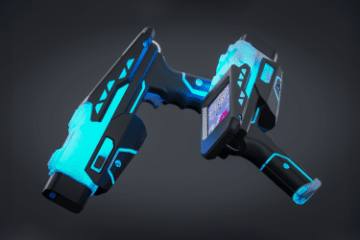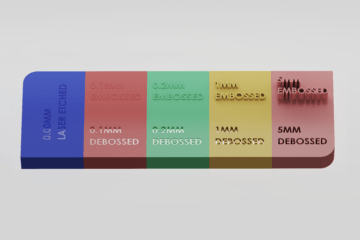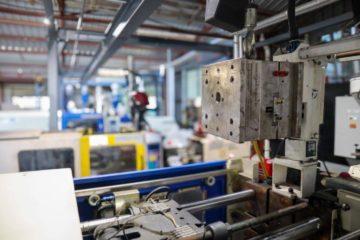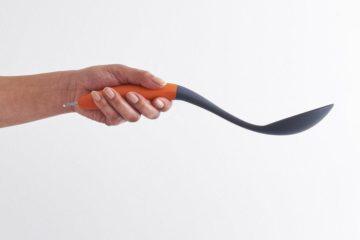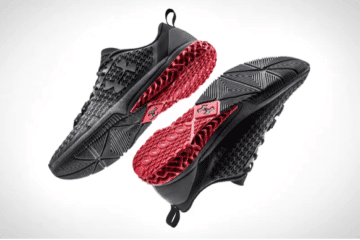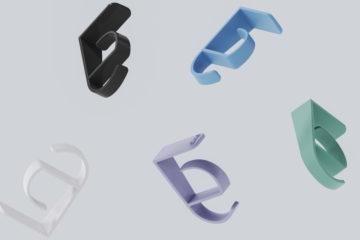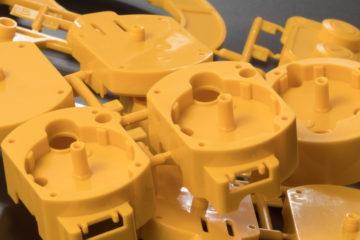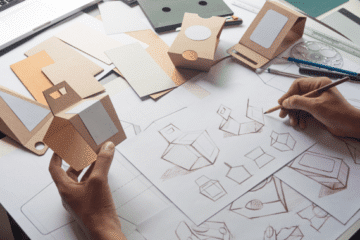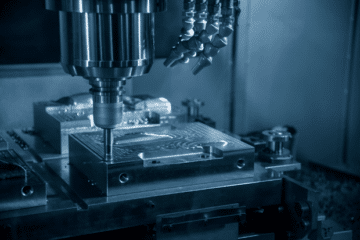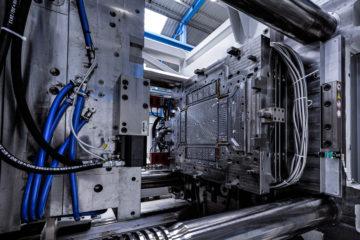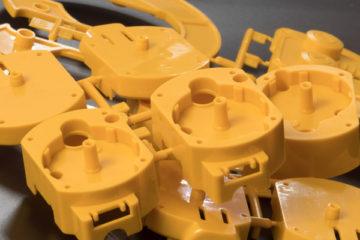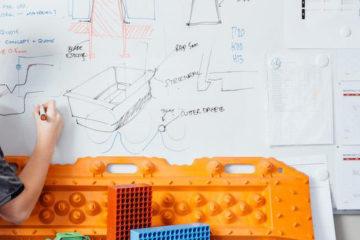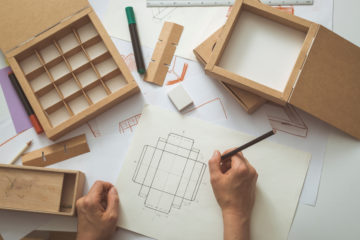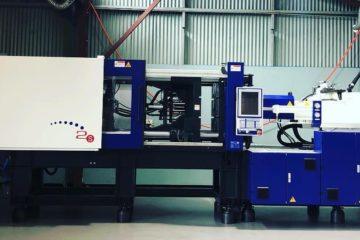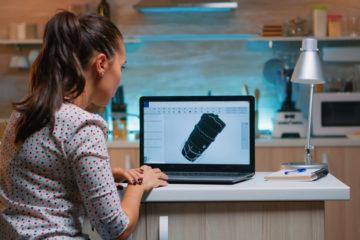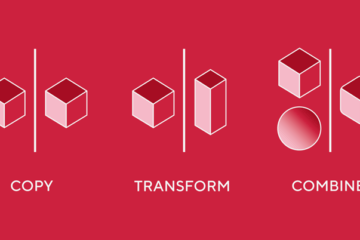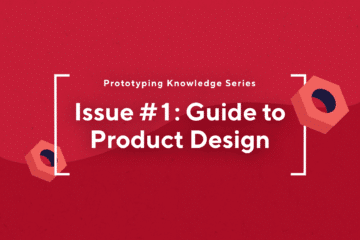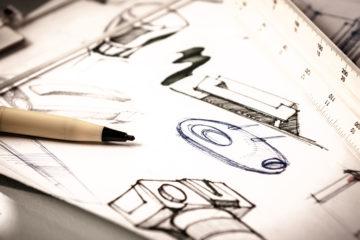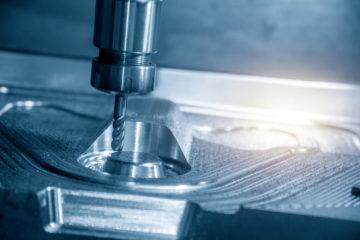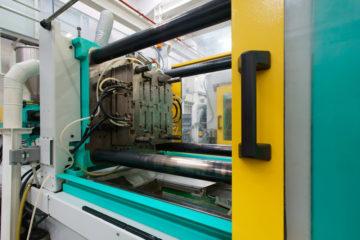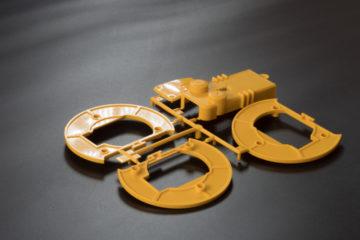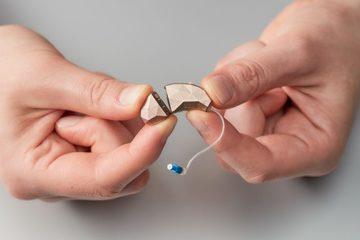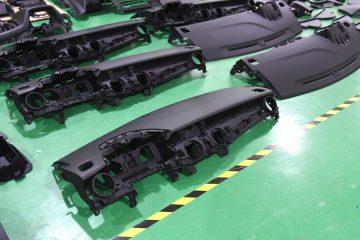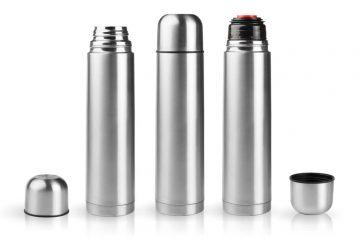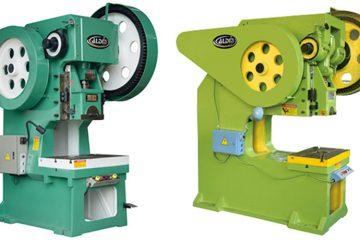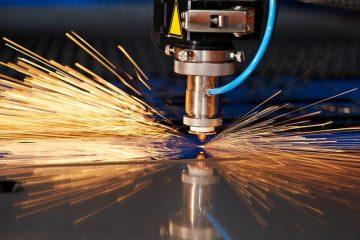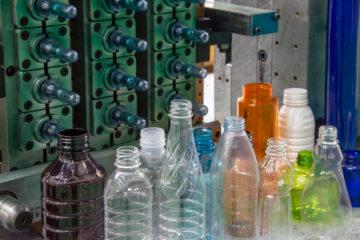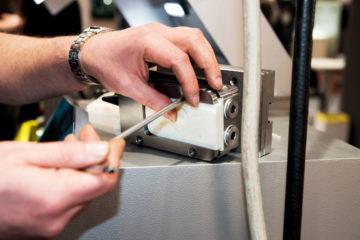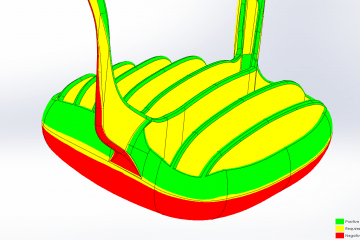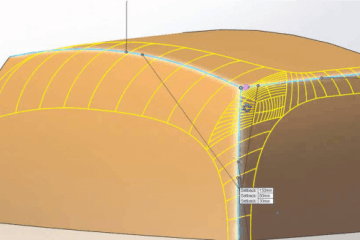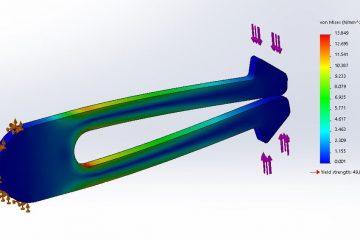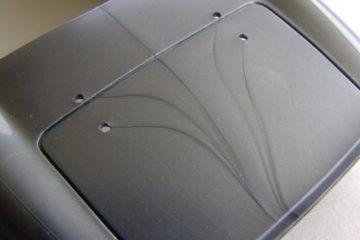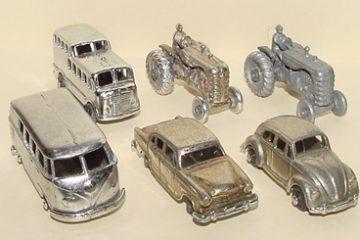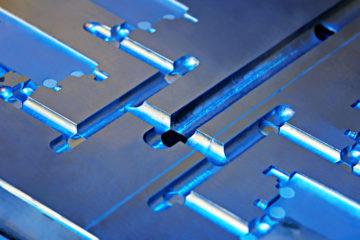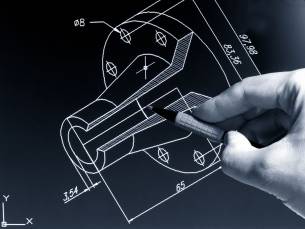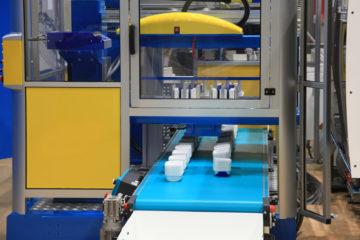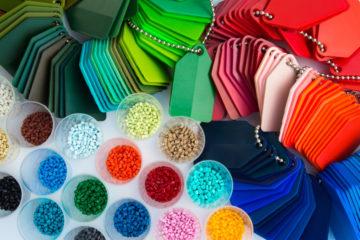Overmoulding has had a great impact on many key industries, and perhaps no field has benefitted more than the tech industry. Electronic devices are as durable and capable as ever, thanks to overmoulding. Read on to learn why this is, and how you can apply key features of overmoulding to your designs.
If you haven’t read Part 1, read it first here, or read this article on injection moulding if you are new to injection moulding.

Logitech & UE’s speaker range are outstanding exemplars of overmoulding.
Overmoulding and Cost Considerations
But first, in product design it’s always important to understand how our design decisions can affect cost and the environment.
Increased Costs – Overmoulding adds significant cost to the initial purchase of moulding tooling as it requires making a second mould. It also increases per part price as the base part needs to be injection moulded again through the overmoulding tool. This process adds another few steps to the manufacturing process. If there are any issues with the overmoulding of this part, it often means the entire part is now a reject, including the base part even though it may have been perfect. This increased potential for a higher reject rate further increases the per part price.
Knowing this, you can see why overmoulding is used sparingly and only in certain cases. You will rarely see it used “just because”, or purely for aesthetic reasons. In fact, at the time of writing this, I can’t think of or find a single example of using overmoulding purely for an aesthetic design goal – if you have an example please share this with me!
In almost all cases, overmoulding is used for a functional reason. Whether this be to provide manual grip, increase durability, increase surface friction, or proofing from shock, dust, and water. If the increased functional value added by overmoulding justifies the increased initial tooling and ongoing per part costs, then designers can take the opportunity to explore how they can leverage the overmoulding to enhance the products’ aesthetics.
Harder to Recycle – As overmoulding creates a strong, near-inseparable bond between two different grades of plastic, recycling these products is much less efficient. On the flip side, a well-designed overmoulded product is often more durable and lives longer than a non-overmoulded product and recycled plastics can be used, reducing the amount of raw material used as a whole.
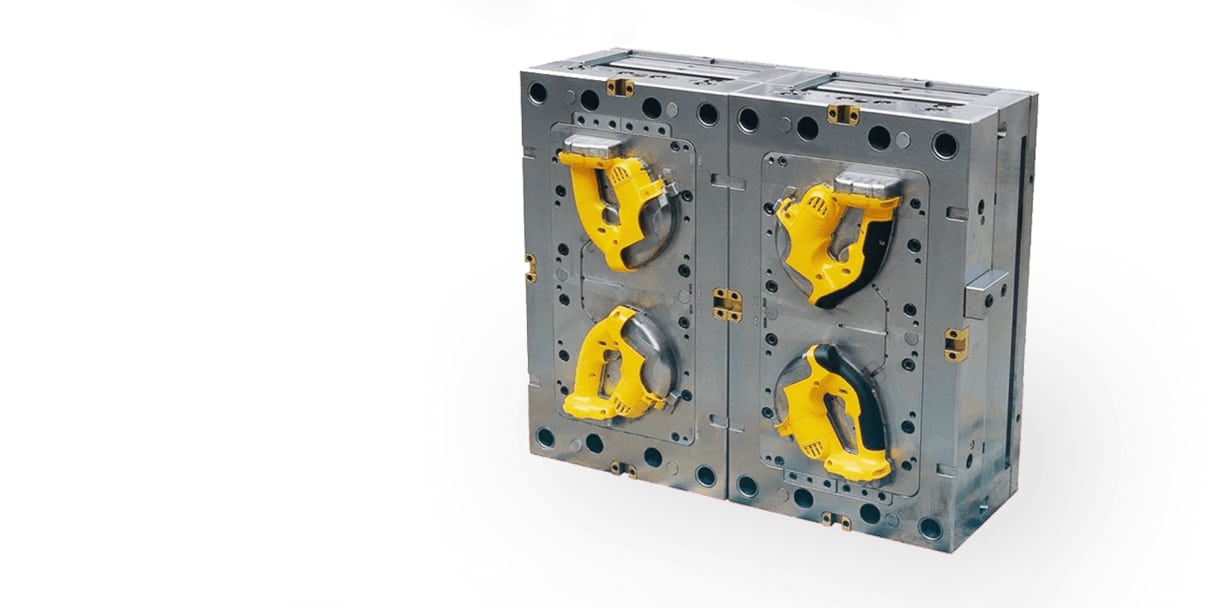
This 2K mould here allows for multiple cores for each part, injecting the base part in yellow in a hard plastic (likely PC , ABS, or Nylon), and a soft plastic in black (likely a TPE or TPU).
Creating More Robust Electronic Devices
Overmoulding is a staple manufacturing process for the electronic tech industry, especially in devices designed for rugged, outdoor, and mobile use. Once you can identify it, you’ll see it everywhere.
Below is an overview on how it’s applied to achieve different functional goals. Also, the Logitech UE Boom speaker is a profound exemplar in overmoulding, so I’ll be referring to this a fair bit.
Water and Dirt-Tight Seals For Openable Assemblies – When assemblies need to have a certain proofness, often a separate seal O-ring is placed between assembled parts. Sometimes it’s more suitable to overmould a soft plastic in this space instead, overmoulding a soft plastic like TPE onto one of the parts. This can be less prone to failure than a separate O-ring, easier to assemble, and reduces the chance of human error during assembly.
Logitech uses soft plastic overmoulding throughout its UE Boom to achieve its waterproofness in its UE Boom speaker designs. The design is an assembly with multiple sub-assemblies and parts, including both end caps and the speaker membranes. Each of these parts sit against a soft plastic seal that is overmoulded onto the base part.

Enclosing Spaces In Permanently-Closed Assemblies – Overmoulding can be used to completely encase a part to entirely seal the internal area from water ingress. This is commonly used in devices that need to perform in extremely harsh environments or achieve high IP ratings such as IPX7 or IPX8.
The Safety Shovel we designed here in Brisbane, Australia uses this to completely protect its internal components from ingress in extremely harsh environments.

The Safety Shovel Head incorporates overmoulding to protect vital internal electronics.
Allowing Waterproof Access to PCB Buttons – Flexible soft plastic overmoulding can also offer a waterproof membrane between internal PCB buttons and external user buttons. Here, in the second injection moulding shot the soft plastic is overmoulded directly over the windows in the hard plastic that was made in the first injection moulding shot. These holes align with PCB buttons below, which can now be activated through the flexible soft plastic.
Both the UE Boom product design and the Elexon Biomark Housing that we injection mould in-house here in Brisbane use this technique to allow a soft touch outer to press PCB buttons.

Here, this piece uses overmoulding to protect from ingress, whilst allowing for PCB buttons to be activated by pressing on the soft plastic overmould that is injection moulded over the base clear polycarbonate part.
Acoustic Sealing for Speaker Design – Similarly, high-quality portable speakers often use overmoulding to create a perfectly sealed-off internal cavity that serves to better resonate sound waves of their passive bass radiator speakers. This produces a deceptively rich sound from such a small device. Again, UE Boom has used their same seals for not only proofing, but acoustic sealing as well.
Drop and Shock-Protection – Overmoulding a soft polymer over a product to cover any exposed edges or corners goes a long way to reduce the shock experienced by the internal electronics and hard plastic in the event of a bump or drop. Many soft rubberised plastic grades are also resistant to tearing and scratches, so wear on these parts looks better than scratches on a hard plastic surface.
You’ll often see this used on phone cases or devices made for hard-hitting outdoor use like handheld GPS devices or walkie-talkies. Many devices meant for mining also employ an overmoulded outer.
You don’t see this as often, but soft plastics can also be used internally to hold electrical components like PCBs and batteries securely away from the hard plastic walls of the device. This further dampens the shock transferred from the outside of the device to the electrical component.

The DEWALT DXFRS800 2-Watt Heavy Duty Walkie-Talkie incorporates its overmould to not only improve grip and shock protection, but also to encase its antennae and protect them from ingress.
Improved Manual Grip – This often goes hand in hand with shock protection and improved surface friction, though not always. You’ll see overmoulding used for grip more than any other use. From power tools to walkie-talkies, phone cases, gaming controllers, keyboards, computer mouses, and more. Soft-touch electronics have been around for a long time and seem to be here to stay. That said, there is a trend back towards mono-material products for their minimalistic look.
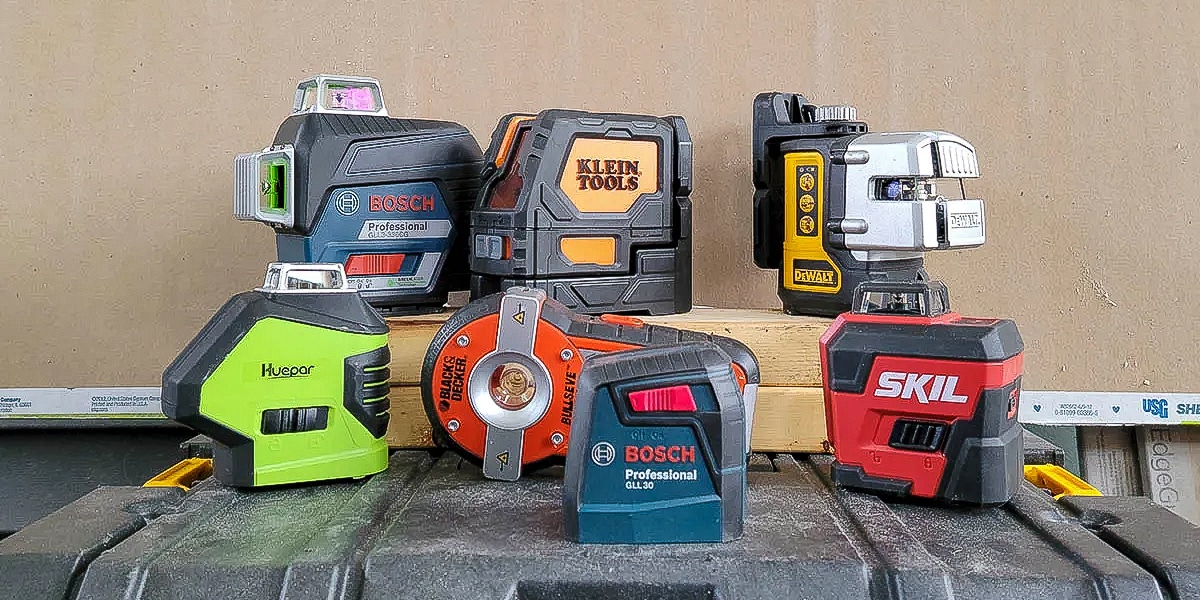
Most laser levels on the market now incorporate TPE or TPU overmoulding to improve surface friction, manual grip, and shock protection. (Source: Bob Vila)
Improved Surface Friction – You don’t often see products using overmoulding purely for improving surface friction or slip protection. Usually, these parts are separate parts (think feet or table legs), or the main reason for overmoulding is another of the points above, and improved slip protection is a side benefit.
Common Industries That Use Over-Moulding
Although you would be hard-pressed to find an industry that doesn’t use over-moulding in some form in their industrial design decisions, over-moulding has become industry standard and a hallmark for some select industries.
The Medical Industry – These are used commonly in various handheld devices to completely seal off internal components so that products can be sterilised thoroughly without fear of internal damage. Medical implants also use overmoulding to completely protect internal cavities.
Power Tools – Power tools almost all now leverage the shock-absorption and grip-adding properties of soft plastic overmoulding
Mining Industry – As mentioned above, the mining industry commonly use overmoulding for shock absorption, grip, and dust and water protection.
Consumer Electronics – You’ll start noticing evidence of overmoulding everywhere. Even looking down at my keyboard and mouse now I realise that they both use overmoulding in their grip areas.

Many ultrasound devices use overmoulding in the scanning area, to provide a secure seal to prevent any moisture ingress from ultrasound gel.
Keen To Learn More?
Inspired to learn more on injection moulding, industrial design, and toolmaking? Read more of our blog articles here.
At Dienamics, we offer a range of comprehensive services in every step of the product manufacturing process. These include:
- Product design, including concept assessment and project scoping
- Prototyping and process and materials testing
- Manufacturing, injection moulding, production, assembly, and packaging
Contact us today if you have a product you’re looking to get designed & manufacture!
Subscribe to Our Newsletter
Get the latest news from Dienamics into your inbox






